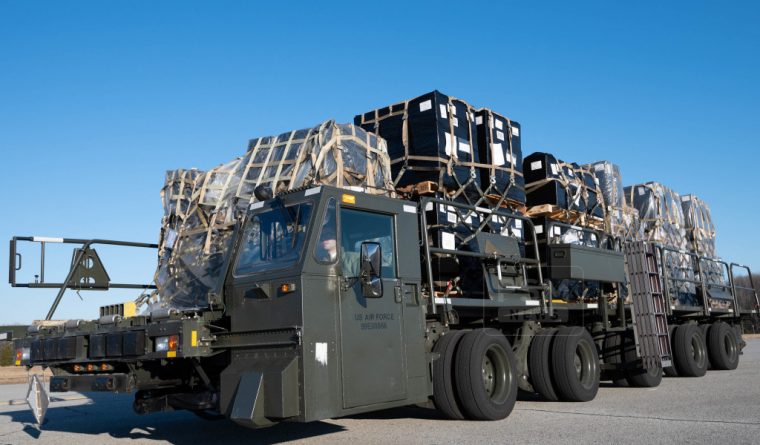
Ukraine has launched an offensive against Russian targets using powerful, lethal weapons supplied by the United States and other Western powers. The recent attacks mark a significant escalation in the conflict, with Ukraine utilizing Western-supplied arms to strike two Russian sites within a week.
The authorization for Ukraine to use these weapons came in late May, with France and Germany being the first to approve their use on May 26 and 27, followed by the United States on May 30. However, the United States had placed specific conditions on the use of its weapons, allowing their use only in the Kharkiv region of Ukraine and strictly for retaliatory purposes. Despite these conditions, Ukraine expanded its offensive beyond Kharkiv.
In one notable instance, Ukraine used U.S.-delivered ATACMS missiles to strike a Russian ferry terminal at the Kerch Strait. This terminal is a crucial transport link used to supply Russian forces operating in Crimea. Ukraine claimed the attack destroyed dozens of ferries and trains carrying weapons and military equipment.
Another significant target was a military base in Belgorod, Russia, where Ukraine used a U.S.-launched HIMARS rocket to attack an S-300 or S-400 missile defense system. Ukraine reported that the attack caused extensive damage to the Russian military base.
NATO is now preparing to deliver F-16 fighter jets to Ukraine, with Denmark and the Netherlands expected to be the first to supply these aircraft. Belgium has also pledged to send its fighter jets to support Ukraine. Unlike the U.S. missiles, most countries have not imposed restrictions on the use of the F-16s, allowing Ukraine to potentially target Russian towns and cities.
Ukraine’s military capabilities are expected to increase significantly with the addition of these fighter jets, potentially altering the balance of power in the ongoing conflict. The continued support from Western countries underscores the international dimension of the Ukraine-Russia war and the complex geopolitical dynamics at play.